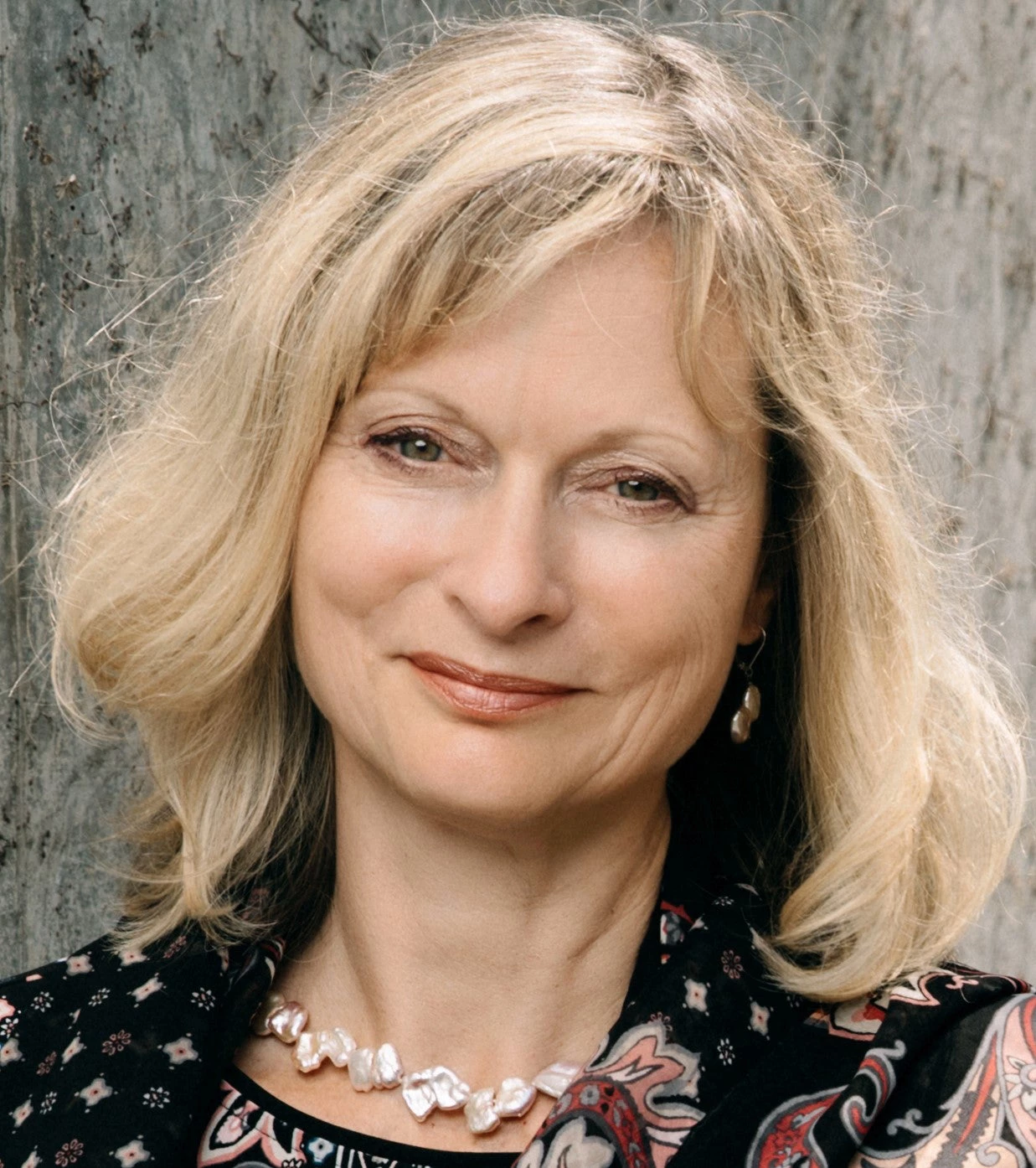 A new report delves into progress made on gender equality, as well as where the World Bank Group can do better and how. Copyright: World Bank
A new report delves into progress made on gender equality, as well as where the World Bank Group can do better and how. Copyright: World Bank
The equality and dignity of all people—regardless of gender—is something we stand by at the World Bank Group. We have worked hard, especially in the last decade since our 2012 World Development Report on Gender, to emphasize the deep intrinsic value of gender equality and to embed it in everything we do and support.
The evidence base we have built since 2012, and the returns on investment we have seen, have only solidified our understanding that gender equality is a moral and economic imperative. Closing gender gaps can reduce poverty and improve people’s lives, now and for generations to come.
And yet today, we know victory cannot be claimed. There is still much work to be done.
Our newly-released 10-year Retrospective Report on Gender Equality in Development delves into the progress but, more importantly, where we can do better—and how. At this important milestone, the retrospective has helped clarified the direction we want to take in our World Bank Group Gender Strategy 2024-2030 to accelerate equality. It offers lessons for us at the World Bank Group, for the development community and for policy makers on how to ensure a more prosperous, equitable world for all.
Here are just five of the many lessons in the retrospective. To learn more read the full report here.
1. The next generation of investments need to expand and enable economic participation for all.
The data show that advances in women’s human endowments, like increased tertiary school enrollment and better health, have not translated into greater economic opportunities for women (see figures below). Investments should be targeted to where the constraints are and focused on women’s economic empowerment.
Figure: Advances in human capital have not led to greater economic opportunities for women
2. Want progress? Look at the whole picture, including social norms and practices.
The root causes underlying the lack of progress are complex and require a concerted effort that considers things like gender norms, power relations, and behavior as well as legal systems, market structures, and practices. A broad consensus and a shift in mindsets are required to effect change—technical solutions alone don’t lead to transformative change.
3. We need more data and evidence to inform policies.
Over the last decade, there has been more reliable and better data and more rigorous evidence to assess how economic realities for men and women differ and how to achieve more equitable outcomes. But to boost investments in areas that need attention, we need more of data—on issues like the care economy, women’s leadership, and outcomes on sexual and gender minorities. Filling this data and evidence gap will require investing and working with partners.
4. The “learn-adapt-expand” approach leads to results.
We’ve found that learning from impact evaluations and lessons of past policies and programs, adapting to different contexts and expanding the solutions that show promise leads to strong outcomes. We saw this work well in a growing number of women's empowerment programs, including the Sahel Women's Empowerment and Demographic Dividend, the Solomon Islands Community Access and Urban Services Enhancement Project, and the Nigeria for Women Project. Such promising approaches emphasizing cross-country and multisectoral learning have also spurred knowledge packages, additional investments, and increased demand for empowerment programs.
5. We must act collectively in support of country priorities.
Our experience has helped us understand better how to work together with countries and partners to drive results. Having countries firmly in the lead, with clear priorities and an eye toward identifying the entry points for gender equality work across sectors, including the public and private sectors, has led to better outcomes. Often this is the result of widening partnerships and exploring new collaborations to increase stakeholder participation. For example, a deliberate and coordinated country engagement in Bangladesh, facilitated by extensive partnerships and programmatic support across sector, and investments to develop skills in STEM sectors and support policy reforms on childcare, parental leave and sexual harassment, led to significant improvements in women’s economic empowerment.
Looking ahead
With all this in mind, the new WBG Gender Strategy 2024-2030 raises our ambition to accelerate gender equality for a more peaceful, prosperous, and livable world. In the coming weeks we will launch a consultation process on the strategy draft, seeking feedback from interested stakeholders like you.
The new strategy will promote innovations, financing, and collective action to end gender-based violence, elevate human capital for all, expand and enable economic opportunities for all, and engage women as leaders. It will help address the diverse constraints to women’s empowerment—factors like social norms and collective mindsets that are often overlooked in standard policy design. The new strategy will also introduce more accountability for gender outcomes within our work.
The lessons we have learned and the gaps to be overcome require a bold new outlook. Over a decade ago, we called on everyone to “think equal.” Now, in 2023, it’s time to put our collective feet on the pedal and accelerate equality, for all. We count on you to join us.



Join the Conversation